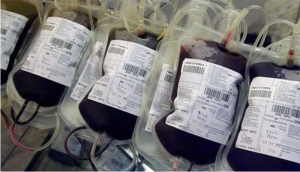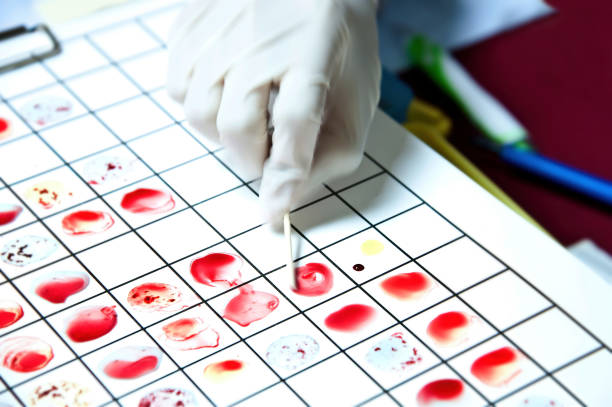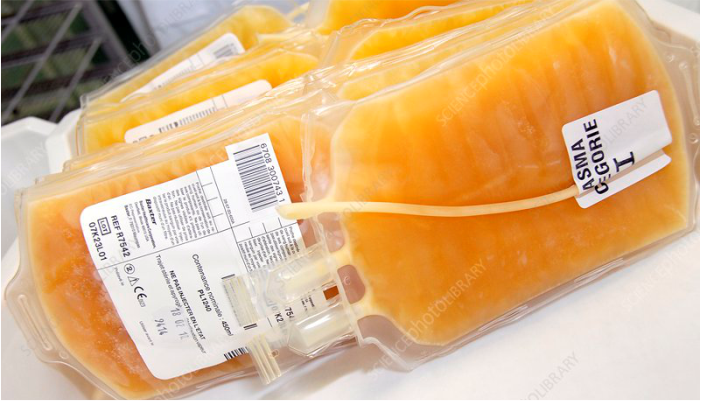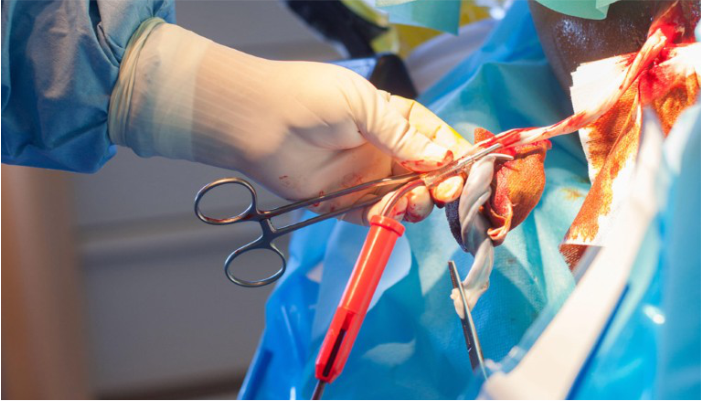Whole Blood: Collection, Transfusion Protocols, Uses, and Limitations

Whole Blood
Test Commonly Includes
Each unit contains ~450 mL of blood mixed with 63 mL of CPDA-1 preservative. Typical hematocrit is 35–40%. CPDA-1 whole blood is viable for 35 days if kept at 1°C–6°C.
Pre-Transfusion Testing
- ABO & Rh typing
- Crossmatching
- Antibody screening
Patient Preparation
Ensure full identification with wristband. Record fluid intake/output and blood loss. Always use a blood filter. Do not administer with dextrose or hypotonic solutions. Do not warm blood above 38°C. Infusion must finish within 4 hours.
Aftercare
Most reactions occur within first 100 mL. Monitor vitals closely before, during, and after transfusion. Delayed reactions can occur days later. Check hemoglobin and electrolytes post-transfusion.
Specimen & Collection
- Specimen: Blood
- Containers: 1 red top tube & 1 lavender (EDTA) tube
- Collection: Label with patient ID, collector initials, and time. Confirm with patient’s wristband and ID. Stamp request to avoid transcription errors.
Storage Instructions
Store between 1°C–6°C. Return unused blood to blood bank within 20 minutes. Never use ward refrigerators. Maintain 1°C–10°C during transport.
Causes of Sample Rejection
- Hemolyzed samples
- Wrong tube (e.g., serum separator)
- Improper labeling
Turnaround Time
Usually 12–24 hours from donation due to mandatory testing.
Special Instructions
Requests must include full patient details. Crossmatch expires after 24 hours unless renewed. Inform the blood bank promptly if transfusion isn’t needed.
Use
Used mainly in acute hemorrhage, surgery, and massive transfusions to replace RBC mass and plasma volume. Whole blood may be rapidly infused when indicated.
Limitations
- May lack effective platelet or coagulation factor levels
- Stored blood increases plasma potassium/ammonia
- Not suitable for patients with liver/kidney disease—use RBCs instead
- Should not be given with medications or other fluids
Contraindications
- Chronic anemia (use iron/B12 instead)
- CHF, renal failure, hepatic failure
- IgA-deficient patients (risk of anaphylaxis)
- Unmatched ABO/Rh blood (unless emergency)
Additional Information
“Fresh blood” is an imprecise term; consult blood bank for needed components. Whole blood is often unavailable—RBCs are substituted instead. Consultation is essential for component-specific requests.
References
- Circular of Information for the Use of Human Blood and Blood Components, American Red Cross, 1992.
- Sohmer PR, “Transfusion Therapy in Surgery,” 2nd ed, Churchill-Livingston, 1989.
- Jacobs, Demott, Finley, et al., “Laboratory Test Handbook,” Lexi-Comp Inc, 1994.


